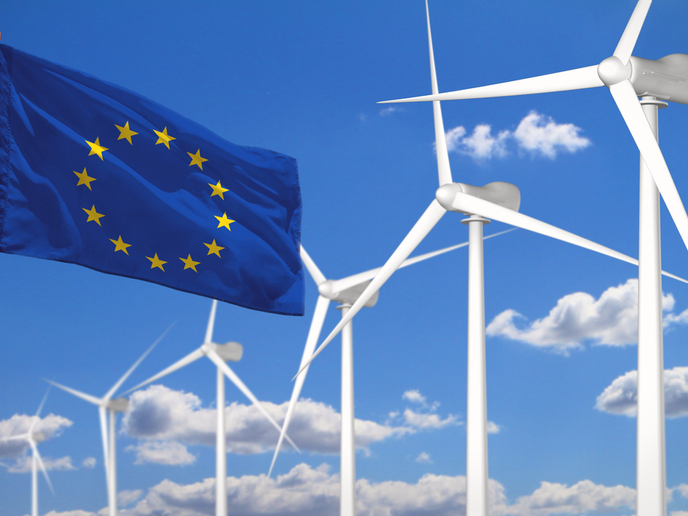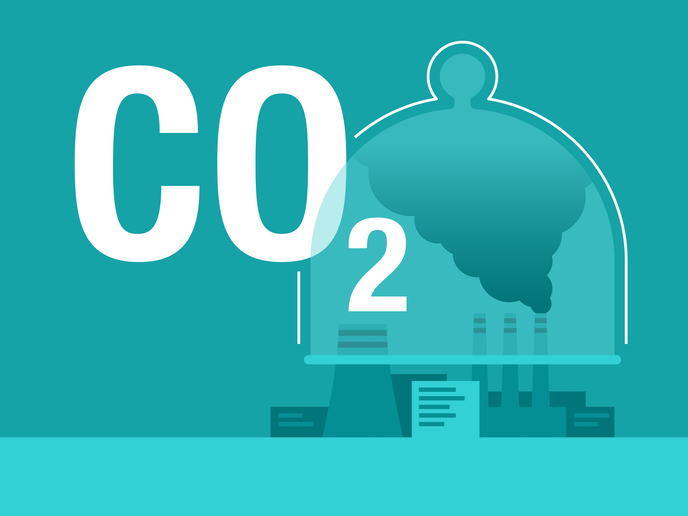Power-to-gas system enables massive storage of renewable energy
Over the last few decades, Europe has put in place some of the world's highest environmental standards and ambitious climate policies to shape a sustainable future. Combatting climate change and reducing greenhouse gas emissions through efficient renewable energy systems are at the top of the agenda. Currently, the renewable generation capacity is estimated at around 20 %, but according to the International Energy Agency, it is forecast to increase by 50 % between 2019 and 2024. Certain countries already have plans to transition their electricity supply resources to 100 % renewables by 2050. These renewable energy scenarios bring many benefits, but also face significant challenges. Wind and solar power are highly intermittent – their electrical output cannot be used at any given time to meet society’s fluctuating electricity demands. “Energy storage plays an important role in balancing demand and supply, and helps create a more flexible and reliable grid system by decoupling energy production from its use. In the long term, the accumulated installed capacity can reach terawatt-hour values – this certainly calls for the development of new energy storage solutions,” notes Fabio Sarnataro, coordinator of the EU-funded ProGeo project.
Power to gas – a critical ingredient in the energy transition
While still in its infancy, power-to-gas (P2G) technology is one of the few viable options for large-scale energy storage solutions. Converting excess renewable energy into methane allows storing high energy amounts for a long time in existing gas infrastructures. Researchers working on the ProGeo project successfully developed a 500 kW P2G modular unit. The system can store electricity by converting ‘clean’ hydrogen (obtained through water electrolysis) and CO2 into methane with high flexibility. “The ProGeo solution is essentially a process where excess or poorly profitable renewable electricity is used to power up an electrolyser and then gets stored in the form of methane for use at a later time depending on market demand,” explains Sarnataro. Methane is a flexible energy carrier that once purified can be used in manifold ways. “Converting renewable electricity into gas allows solar and wind power to be stored in the gas grid for several months. What’s more, methane provides a carbon-neutral fuel for heating and transport,” adds Sarnataro. Results from demonstration activities showed that the newly developed system can produce 25 Nm3 of gas per hour, achieving 99 % pure methane out of CO2.
Potential deployment of the P2G system
The ProGeo solution can highly benefit small thermoelectric power and cogeneration plants. The P2G system can be used to store the energy, in the form of methane, and when needed, be converted into electricity or heat. “Thermoelectric power plant owners will have a chance to choose whether to sell or store the produced energy, avoiding the sale of low-priced electricity during low-peak hours,” explains Cristina Torrisi, senior public funds manager at Labor Srl. What’s more, the ProGeo system can increase the sustainability of the P2G conversion process. Integrating the P2G system with a biogas plant not only will ensure a closed carbon cycle but can also prove particularly efficient: converting CO2 contained in a biogas stream can almost double the amount of methane produced. The ProGeo solution is one of the most efficient, cost-competitive alternatives to a low-carbon economy, helping maintain electricity grid balance.
Keywords
ProGeo, methane, power-to-gas (P2G), electricity, renewable energy, energy storage, gas grid







